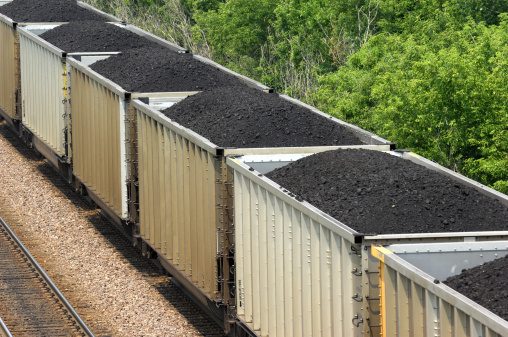Commodities & Metals
Supreme Court Ruling Does Not Save the Coal Companies
Published:
Last Updated:

Coal stocks soared on the news, with Peabody Energy Corp. (NYSE: BTU) up more than 9% at $2.50 a share and Arch Coal Inc. (NYSE: ACI) up about 12.5% at $0.45 a share. The Market Vectors Coal ETF (NYSEMKT: KOL) was unchanged, after posting a new 52-week low right after Monday’s opening bell at $11.33. before rising to $11.61, up less than 1% from Friday’s closing price.
According to EPA estimates, the new rules that took effect in April for some coal-fired power plants would have cost $9.6 billion, produced $37 billion to $90 billion in benefits, and prevented 11,000 premature deaths and 130,000 asthma cases annually. The agency’s mistake was in its interpretation of the Clean Air Act, concluding that its impact analysis should have no bearing on whether its regulations are appropriate.
ALSO READ: The Worst Companies To Work For
In a majority opinion written by Justice Antonin Scalia, the court said, “EPA strayed well beyond the bounds of reasonable interpretation in concluding that cost is not a factor relevant to the appropriateness of regulating power plants.”
Will this turn the coal industry around? Not likely. As an energy source coal is fast losing its appeal, even though demand for the fuel continues to grow in China and India. The International Energy Agency (IEA) said in its latest Coal Report that global demand growth for coal is slowing from an actual rate of 3.3% for the years between 2010 and 2013 to a projected rate of 2.1% for the years through 2019.
In the United States, many power plant operators have complied with the regulations and shut down the plants or are retrofitting them with equipment to scrub the smoke, or have plans in place to do one or the other. EPA administrator Gina McCarthy has said:
This is a rule that actually regulates toxic pollution emissions from primarily coal facilities … Most of [the coal-fired plants] are already in compliance, investments have been made, and we’ll catch up [even if the Supreme Court rules against the EPA].
EPA rules on carbon emission limits remain in force, and the Supreme Court already upheld in 2014 the across-state-line pollution rule for carbon emissions.
ALSO READ: 10 Stocks to Own for the Next Decade
In the United States, retirement of coal capacity and competition from shale gas will lead to a 1.7% decline per year on average in coal demand during the five-year period to 2019. This ruling looks a lot rosier for the coal industry than it in fact is.
The thought of burdening your family with a financial disaster is most Americans’ nightmare. However, recent studies show that over 100 million Americans still don’t have proper life insurance in the event they pass away.
Life insurance can bring peace of mind – ensuring your loved ones are safeguarded against unforeseen expenses and debts. With premiums often lower than expected and a variety of plans tailored to different life stages and health conditions, securing a policy is more accessible than ever.
A quick, no-obligation quote can provide valuable insight into what’s available and what might best suit your family’s needs. Life insurance is a simple step you can take today to help secure peace of mind for your loved ones tomorrow.
Click here to learn how to get a quote in just a few minutes.
Thank you for reading! Have some feedback for us?
Contact the 24/7 Wall St. editorial team.